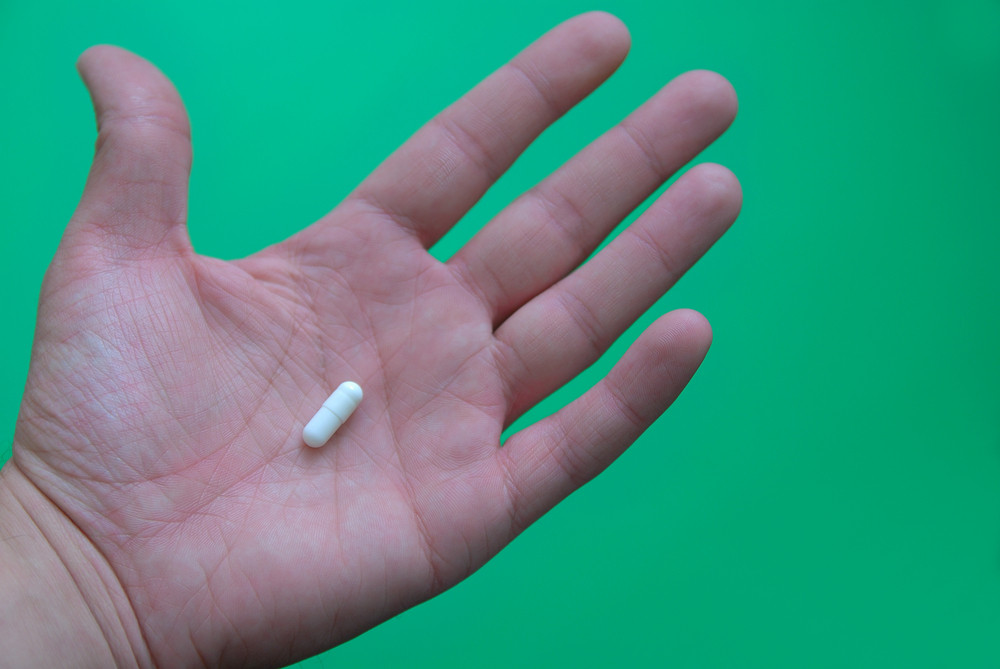Opioids have been used to provide pain relief for patients suffering from chronic pain for a long time. They work pretty well, but they have some side effects that have made their popularity decrease in the recent past. Scientists have been looking into new ways of making opioids much safer by reducing their negative side effects, and five of them are outlined below.
Opioids and Other Drugs
In recent studies done at the University of Arizona College of Medicine, it has been found that opioids are more addictive when used with other prescription drugs. The popular over-the-counter pain and fever reliever acetaminophen has been one of the culprits of opioid addiction. Patients who have been prescribed opioids as chronic pain relievers and are also taking acetaminophen are at a higher risk of becoming addicted to the opioids.
According to the American Cancer Society, the onset age for mesothelioma of the chest on average is 72 years, and this is one condition that may call for the prescription of opioids. With this in mind, it’s important to reveal to your doctor all the medication that you are taking beforehand and avoid self-medication. This will help as the prescribing doctor will prescribe an alternative medication for you.
Nerve Binding
Another recent study carried out by a research team led by Dr. Mark von Zastrow of the University of California, San Francisco, conducted a series of tests. They wanted to find out whether opioids produced by the body, endogenous opioids, bind to the same receptors in nerve cells as non-endogenous or therapeutic opioids. In this study, published online in Neuron on 5th May 2018, a remarkable discovery was made. It was found that drugs such as morphine activate opioid receptors in locations that endogenous or naturally occurring opioids do not. This study will provide the much-needed information to understand better the adverse actions of medically prescribed opioids with the possibility of manipulating the endogenous system and achieving optimum therapeutic results without the negative side effects of addiction, tolerance, and dependence. This will be great news for people suffering from any of more than 200 conditions affecting joints, with osteoarthritis being the most common form of arthritis.
Blood-Brain Barriers
Blood-brain barriers, in simple terms, are blood vessel networks that run through the brain protecting it from harmful toxins. When these barriers are damaged, it means that more drugs can get across and cause a number of psychological effects, in this case with opioids. The other downside of these blood-brain barriers being damaged is that a patient runs a high risk of developing a tolerance to opioids. Science has countered this by working to find out the condition of these barriers so as to know whether one is a viable candidate for opioid-based medicine.
Dose-Reduction Strategies
Scientists are exploring dose-reduction strategies that will make opioids much more effective at smaller doses. This is done by developing inhibitors that increase the effectiveness of opioid-based pain relievers while drastically decreasing the negative side effects. With 750,000 methadone prescriptions written in 2008 for pain relief, it’s clear that many people can benefit from such improvements as they are in need of effective pain relief, especially for people battling substance addiction.
Reduce Addictiveness
At the West Virginia University School of Medicine, research is underway to understand the pharmacological effects of the drug and how the mu-opioid receptor, which is associated with opioid pain relief, is affected. In his work, Mr. Allison White, a Ph.D. candidate, will test a new hypothesis, where he will deliver common opioid painkillers with a kappa opioid receptor, such as nalfurafine. He believes that this could reduce the addictiveness and euphoria linked with opioids with no decrease in the drug’s pain-killing properties.
Science is getting us ever closer to an effective means of pain control, and this is great for everyone battling chronic pain. Soon enough, there will be endless benefits to using medicine that has opioids for pain relief with none of the common risks.




